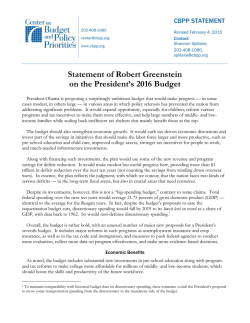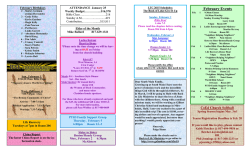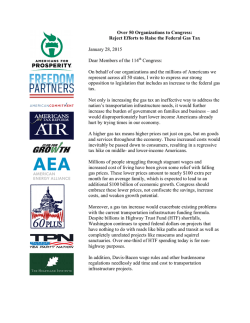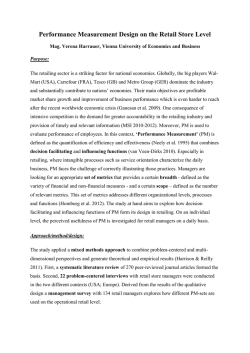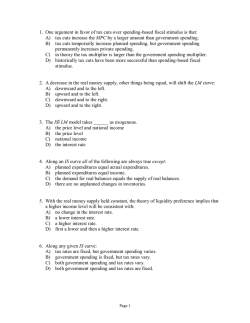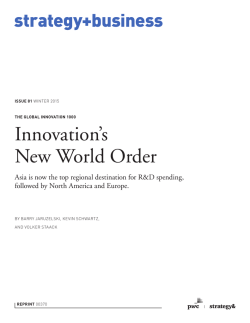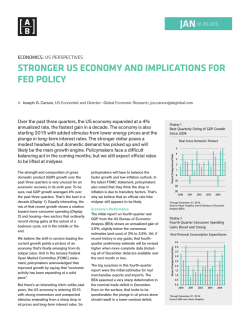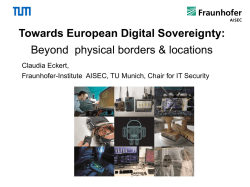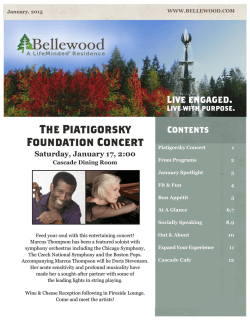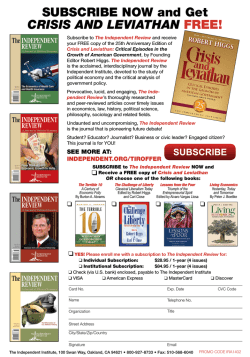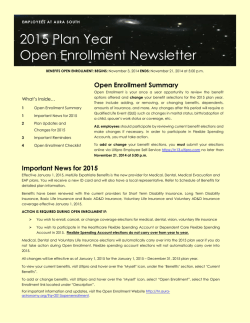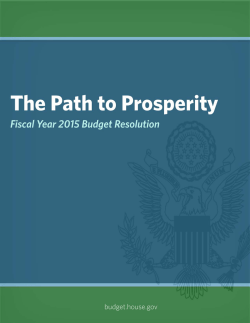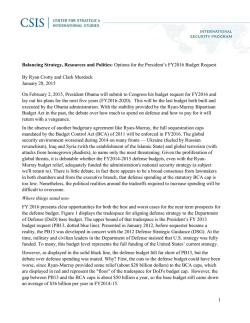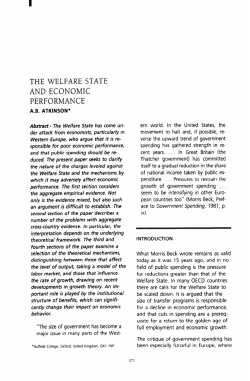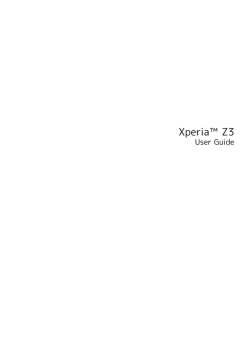
Template to create a scientific poster
Pål Sundsøy1, Johannes Bjelland1, Asif M.Iqbal1, Alex Pentland2, Yves Alexandre De Montjoye2 1Telenor Research, Oslo, Norway 2Massachusetts Institute of Technology, The Media Laboratory, USA Abstract Social variables are the best predictors We show that a data-driven approach to text-based marketing outperforms marketers by 13x in a largescale experiment in Asia We tested several modeling to classify adoption. The final crossvalidated model is a bootstrap aggregated decision tree which performed best on accuracy and stability. The top 10 most useful features to classify natural converters. Ranked by importance in the model. Using telecom metadata and social network analysis, we created new metrics to identify customers that are the most likely to convert into mobile internet users. These metrics falls into three categories: discretionary income, timing, and social learning.This leads to conversion rates far superior to the current best marketing practices within MNOs. Rank Type Description 1 Social learning Total spending on data among close social graph neighbors 2 Discretionary income Average monthly spending on text (binned) 3 Discretionary income Average monthly number of text sent (binned) 4 Discretionary income Average monthly spending on value added services over text (binned) 5 Social learning Average monthly spending on data among social graph neighbors 6 Data enabled handset according to IMEI (Yes/No) 7 Social learning Data volume among social graph neighbors 8 Social learning Data volume among close social graph neighbors 9 Timing Most used handset has changed since last month Amount of ‘accidental’ data usage 10 Best practice is based on experience and gut-feeling The current best practice in MNOs relies on the marketing team’s experience to decide which customers should receive a text for a specific campaign. The marketing team typically selects customers using a few simple metrics directly computed from metadata. We build a control group based on criteria chosen by the marketing team and includes rules derived from SMS-usage, spending and previous data consumption. Such rules are typical for this type of campaigns. Targeting 250 000 customers gives 13 times better success rate for the data-driven approach Direct response Sustained usage We predict adoption and sustained usage We develop and train the model using 6 months of metadata. Our goal is to identify the behavior of customers who 1) might be interested in using internet and who 2) would keep using mobile internet afterwards. We combine these criteria in the classifier Analysis & Feature building Marketing experience Marketing team discuss targeting strategy (a) Conversion rate in the control (best practice) and treatment (data-driven approach) groups. (b) The percentage of converted people who renewed their data plan after using the volume included in the campaign offer. Social Network Analsyis and 350 attributes generated from metadata Machine Learning Rule based selection and gut-feeling Target 250k customers with offer Discussion The success of this pilot study triggered new technical developments and this method is now being put into production. Marketing team pick their best possible group first Compare success We expect such an approach will enhance the long-term customer experience by greatly reduce spamming and by providing the customer with more relevant offers. 2014 International Conference on Social Computing, Behavioral-Cultural Modeling & Prediction, Washington DC, USA
© Copyright 2024
